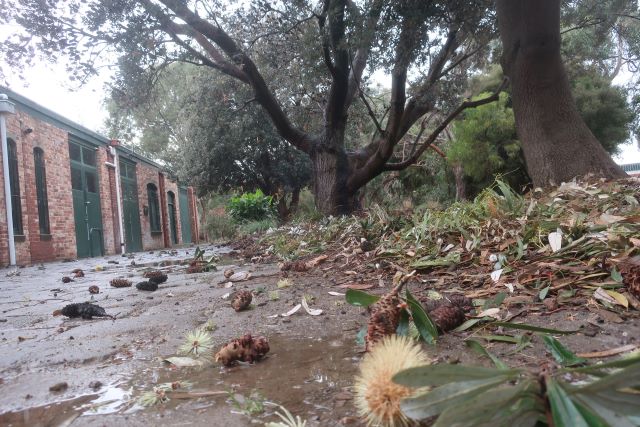
Washed up
The bay is calm again. The turbulence following last week’s storm is settling as the Yarra’s plume bearing sediments mix and mingle with the Bay.
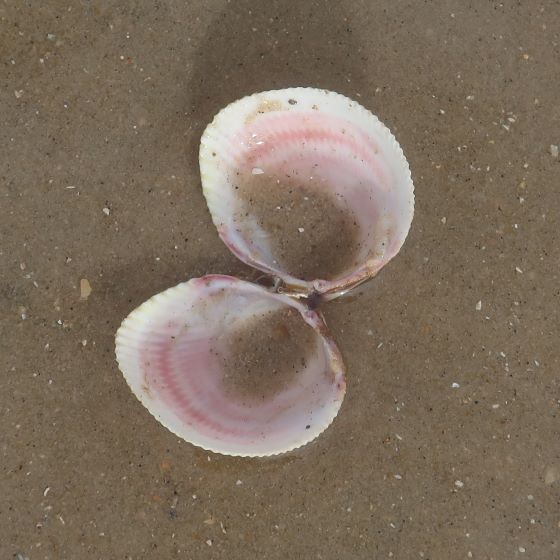
The storm shifted large volumes of sand around Port Phillip’s beaches and onto the foreshore paths. Sand bars exposed at low tide revealed a striking number of thin-ribbed cockle shells, upturned and freshly opened – a contrast to the worn and dull shells usually observed on the beach.
Might their large number reveal the predation activity of the Northern Pacific seastar (Asterias amurensis)?
Northern Pacific seastars (NPSS) were introduced into Australia from Japan in ballast water. They were first identified in Port Phillip Bay in 1995 by scallop fishermen at Point Cook. By the year 2000, NPPS made up more than 50% of the biomass in Port Phillip Bay. The NPSS is a voracious predator and scavenger and has a prolific reproduction capacity1.
In about 1997 commercial fishing for scallops in Port Phillip Bay was banned following concern about the environmental impact of towing a steel dredge across the floor of the Bay. Effectively ploughing the floor of the Bay has made it easier for introduced species such as the NPPS to take hold.
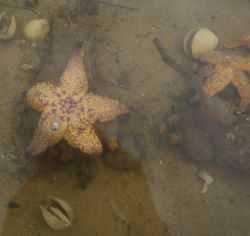
The NPPS feed on bivalves by first holding on to each shell (with their tube feet) then gradually forcing the two shells slightly open. At this stage the sea star can evert its stomach (pass it out through its mouth) and digest the bivalve while it is still inside its two shells. When the sea star has finished, all that’s left will be the two empty shells still held together along the hinge line2.
Also revealed were cunjevoi, or sea squirts, dislodged from the rocks by the severity of the storm. These animals attach to rocks and to each other using a cement like substance. During high tide, the Cunjevoi feeds on plankton as water is pumped in and out of its siphons. As the tide recedes, the Cunjevoi holds water to keep from drying out and, squirts a jet of water like a water pistol when squeezed or trodden on at low tide3.
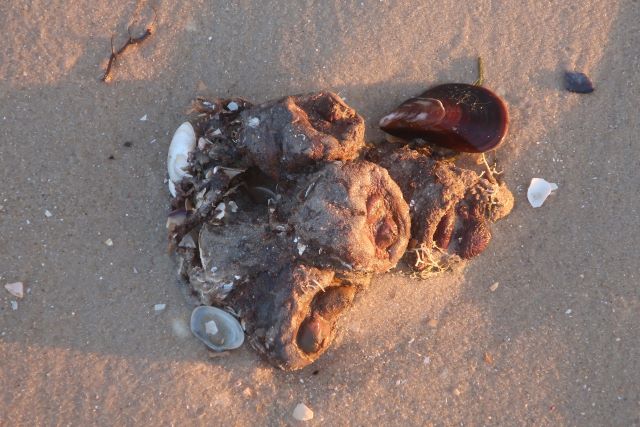
The storm hit the day after World Oceans Day on June 8.
The particular curved configuration of First Point Beach at Beacon Cove creates a trap for storm and wind blown litter. First Point Beach has been the focus of Ross and Ramona Headifen’s five year project recording and categorising every plastic litter item along a fixed section of this beach. On 10 June, it was as though five years worth of litter returned to that beach. Plastic bottles, straws, lids and a myriad of plastic fragments were so enmeshed in seaweed and seagrass that there was no separating them.
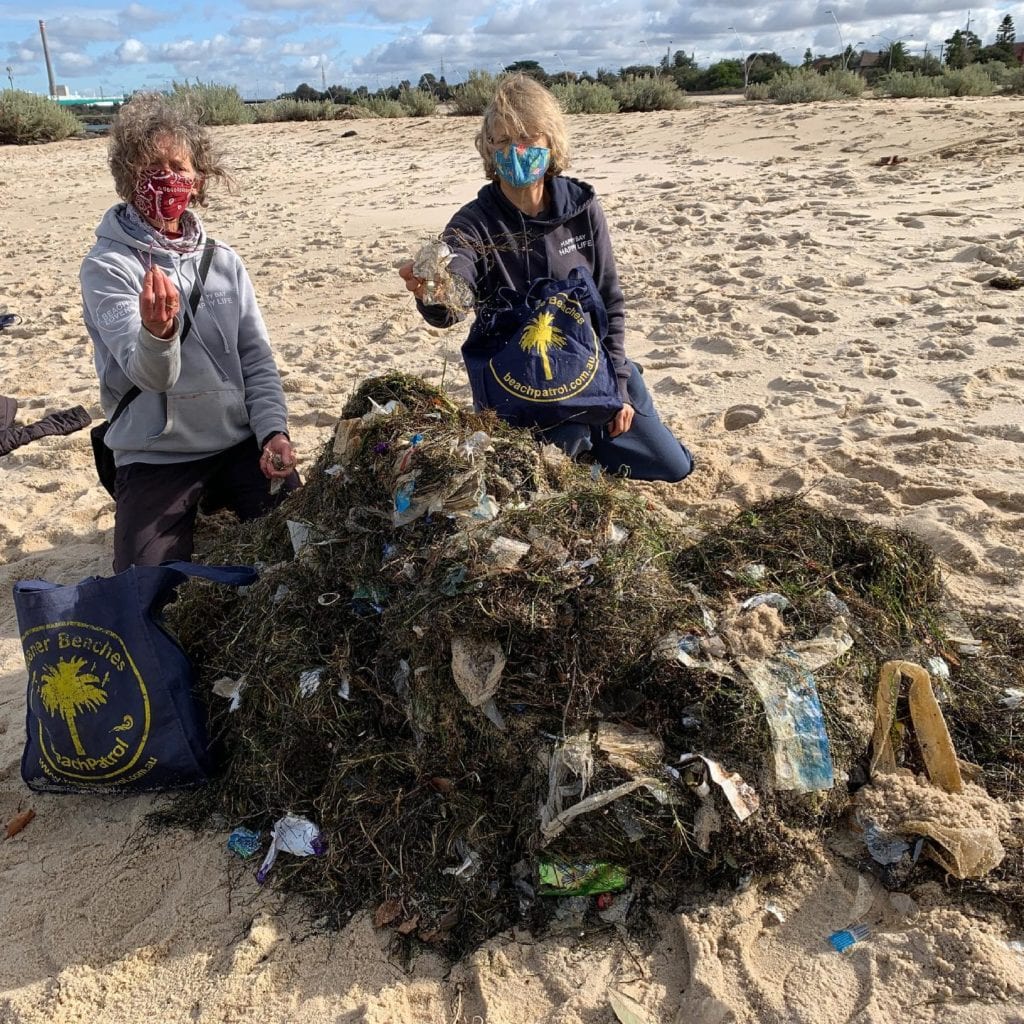
Flocks of Yellow-tailed black cockatoos have been seen in large numbers in the area over the past week – at Lagoon Reserve, Garden City Reserve, St Vincents Gardens, Gasworks Arts Park, Murphy Reserve and Pickles St. Are they more abundant than last year? While there are differences of opinion on that question, the number of sightings reported by people who are not generally bird watchers suggest they are. Their presence is revealed by their loud call and the litter of chewed banksia and pine cones they leave behind.
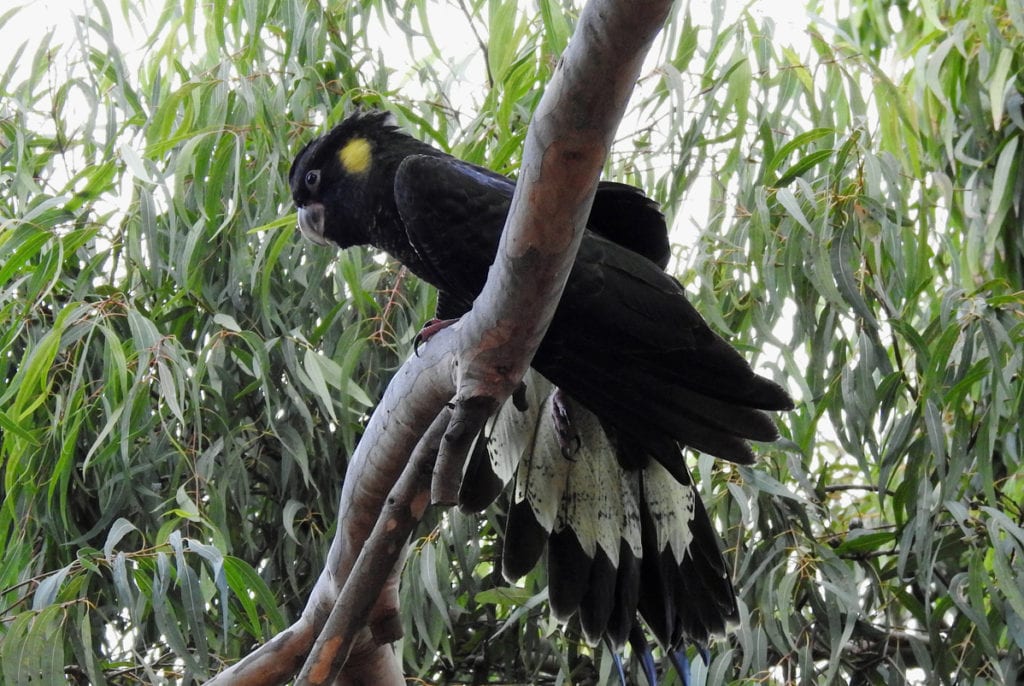
Oblivious to the traffic on Pickles St, they feed on the pine nuts of the Stone pines (Pinus pinea). Planted about twenty years ago, these trees are now bearing sizeable cones weighing .5kg or more. The birds also strip bark from acacias for the wood boring grubs. Their appearance is associated with rain coming.
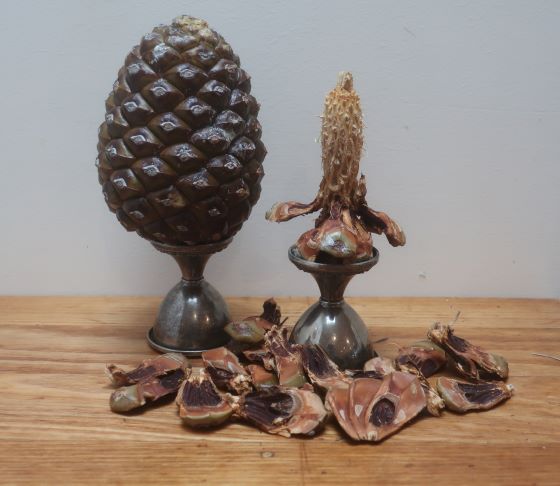
Some bird observers think that their presence indicates the loss of trees in their breeding areas of Gippsland which were so severely affected by bushfires in 2019. Food resources are proving to be surprisingly rich in the inner city following extensive local and exotic tree planting since 2000 when the Yellow-tailed black cockatoos were first (in recent times) seen in Port Phillip in the pine trees at Albert Park Reserve.
“If you see black cockatoos or currawongs in the low lands it’s usually a sign of rough weather”
Thanks to Harry Breidahl2, Neil Blake (Port Phillip Baykeeper), Tim Allen and Gio Fitzpatrick for sharing their knowledge.
More
1,3 Find out more about the shells on the beach and the marine life of Port Phillip Bay at the Museum Victoria Taxonomic Toolkit for Marine Life of Port Phillip Bay, the source of much of the information in this post.
4 Comments
-
Judy
Stunning photos elaborating on so much more
-
meyer
Interesting observation about the cockatoos. I believe that similarly the lorikeets push-pull came to Melbourne as a result of rural adversity (drought) to seek our inner city plantings.
-
John Milne
Agreed, interesting Comment.


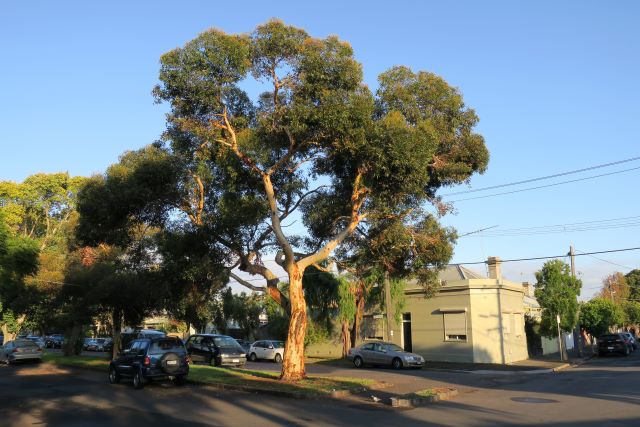
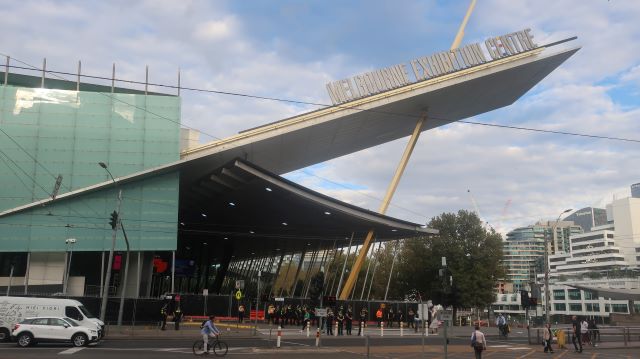
Shake
Interesting account of the possibilities surrounding your storm associated observations. Loved the accompanying photos too.